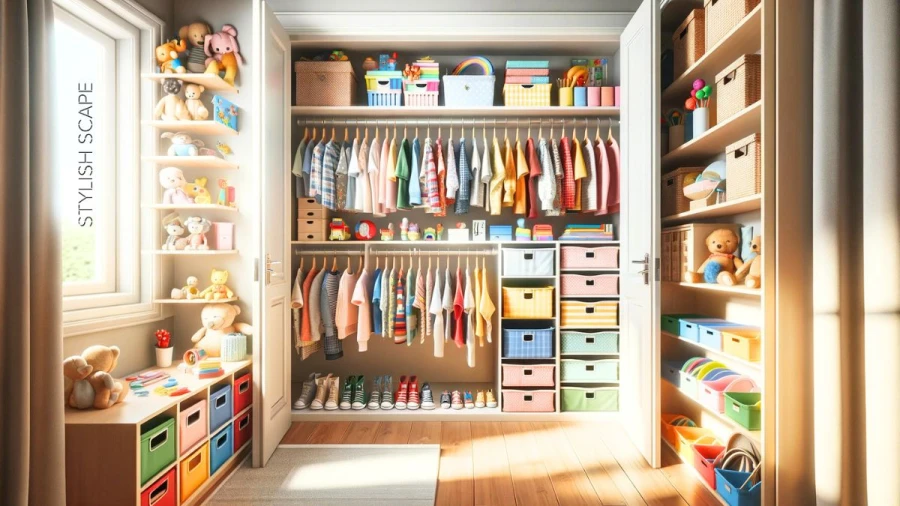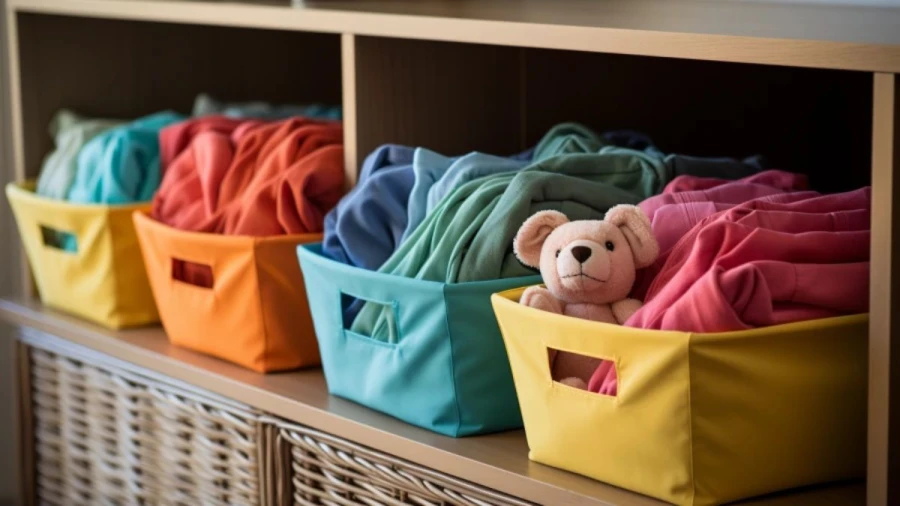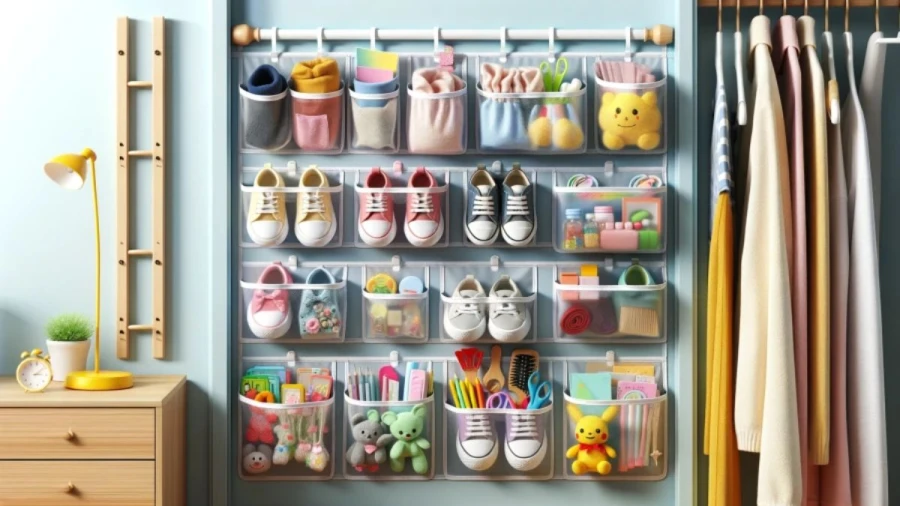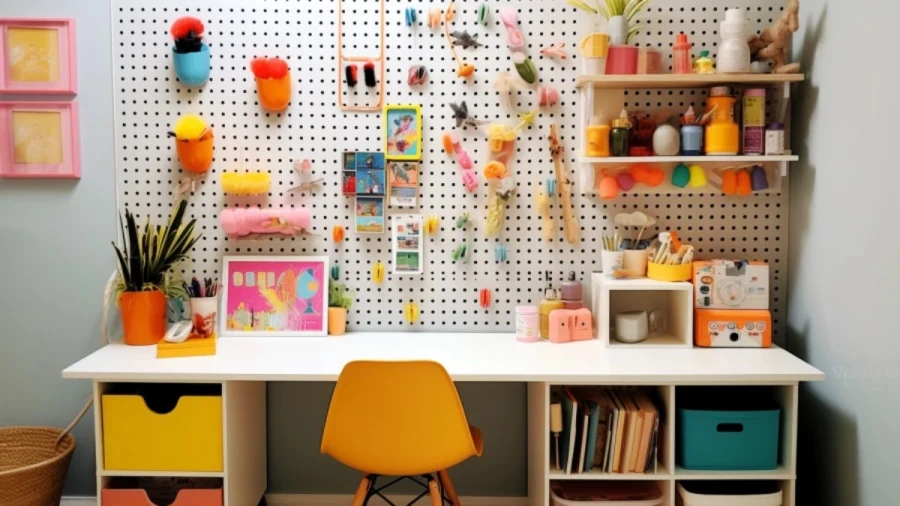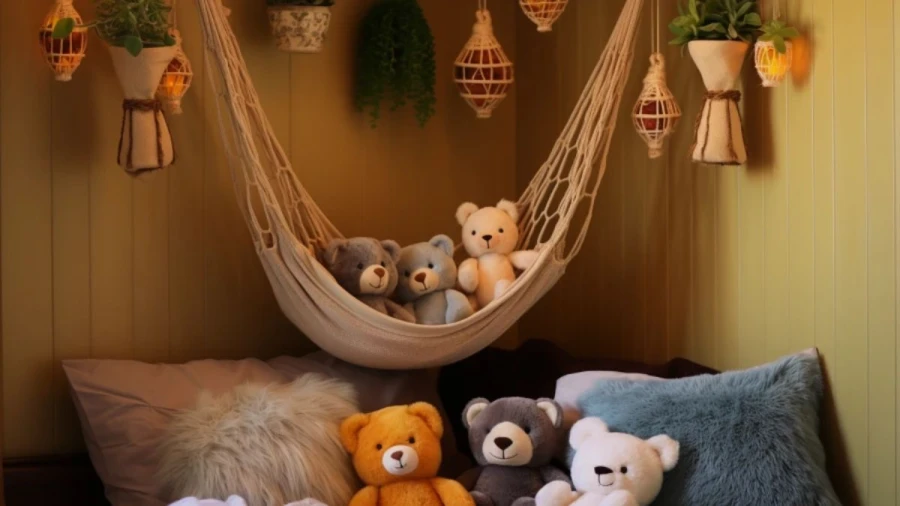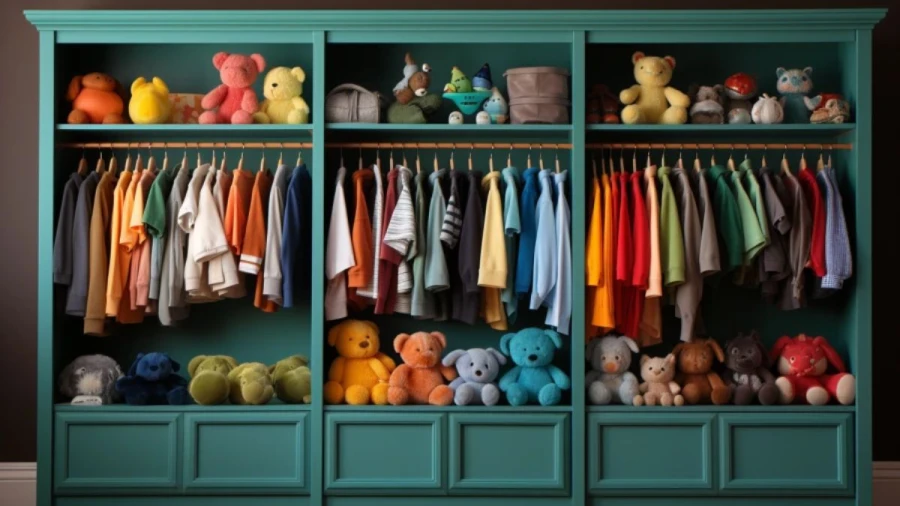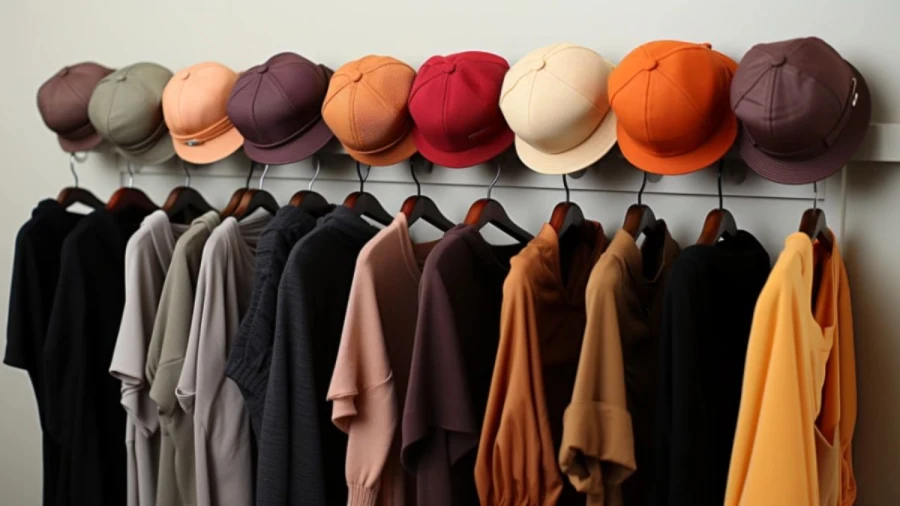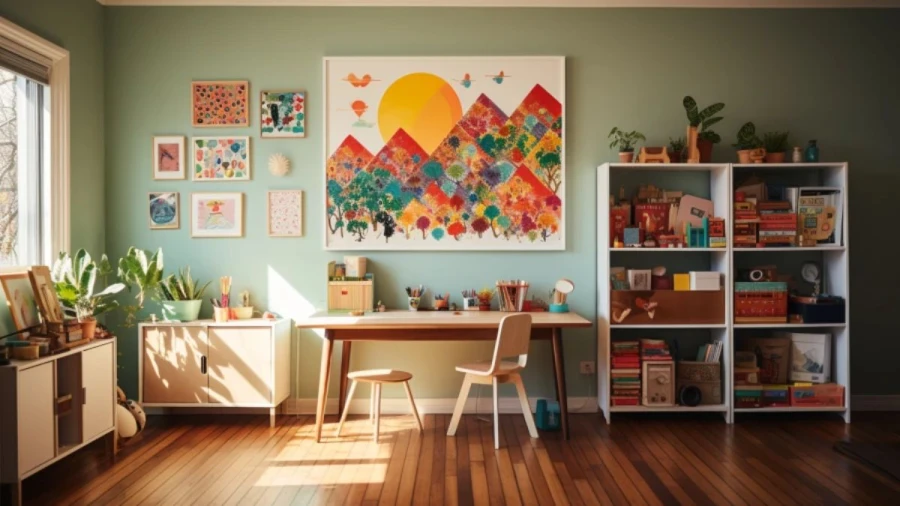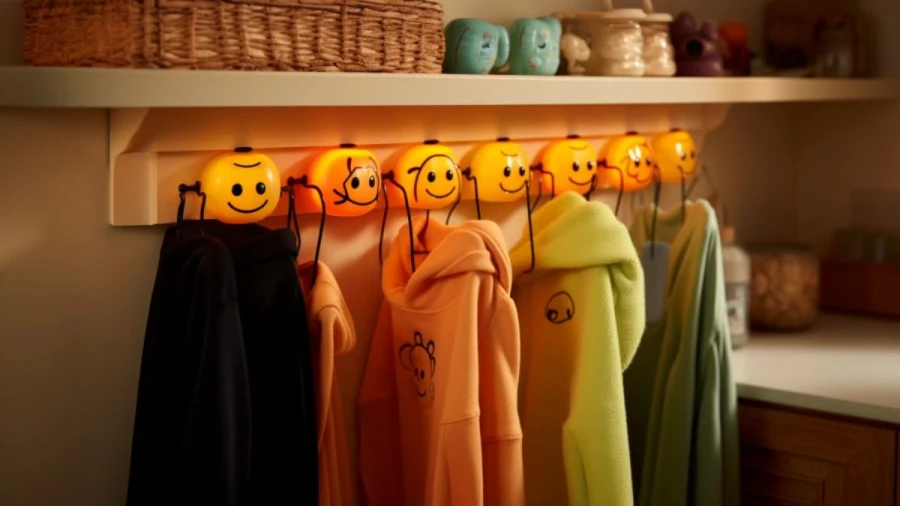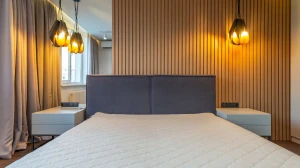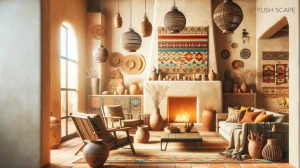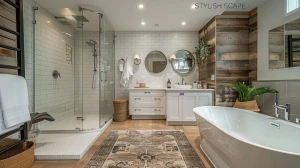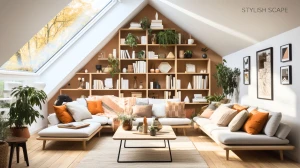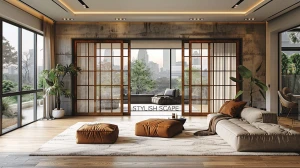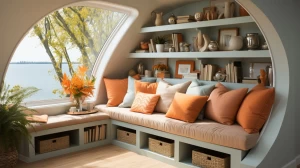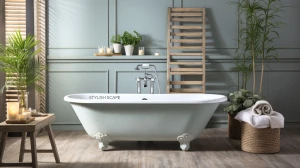
8 Kids Closet Organization Ideas for Optimal Storage Solutions
A kid's closet is typically smaller, making Kids Closet Organization ideas essential to maximize every square inch and design vertically. Managing all those tiny shoes, socks, dress-up clothes, and more can pose a real challenge without effective Kids Closet Organization ideas.
by Sangeetha M
Updated Jun 26, 2024
On This Page
Kids Closet Organization Ideas
Introducing a world of imaginative and practical solutions for maintaining order in the realm of children's closets! In the chaos of toys, clothes, and the ever-expanding collection of knick-knacks, finding effective organization strategies can be a game-changer for both parents and little ones. Our guide unveils eight creative and user-friendly ways to transform your child's closet into a haven of tidiness, ensuring a seamless blend of functionality and fun within the confines of your home.
Discover a myriad of ideas that not only declutter your child's closet but also infuse a touch of creativity into the organizational process. From clever storage hacks to visually appealing arrangements, these suggestions promise to turn the often daunting task of closet organization into an enjoyable and rewarding experience. Say goodbye to the cluttered chaos and embrace a new era of organized bliss in your children's living spaces.
1. Color-Coded Bins or Baskets
Assigning specific colors to different categories of items adds a playful and visually appealing touch to your child's closet. Use bright and vibrant colors to make the organization system engaging for kids. For example, designate red for toys, blue for clothes, and yellow for accessories. This not only makes it easier for children to remember where things go but also turns the closet into a visually stimulating and organized space.
Consider incorporating labels or images on each bin to reinforce the color-coding system and help younger children recognize the categories easily. To enhance the aesthetic appeal, choose bins or baskets that match the overall theme of the room. This organizational method not only fosters tidiness but also encourages kids to participate in maintaining order, as they enjoy the interactive aspect of matching items with their designated colors.
2. Shoe Organizer for Small Items
Hanging a shoe organizer on the closet door provides a practical and space-efficient solution for storing small items. The clear pockets of the organizer offer visibility, making it simple for children to identify and retrieve their belongings. Categorize the pockets based on the type of items, allocating spaces for socks, hair accessories, small toys, or even arts and crafts supplies.
The versatility of the shoe organizer makes it an excellent tool for teaching organizational skills to children. Encourage them to take responsibility for their items by placing them in the designated pockets. Additionally, this method maximizes the use of vertical space, leaving the closet shelves and floor free for larger items. The clear pockets also serve as a quick inventory of what's inside, aiding in keeping the space clutter-free and easily maintainable.
3. DIY Pegboard Organizer
Consider painting the pegboard in vibrant colors or patterns to make it visually appealing for your child's space. This not only adds a playful touch to the organization system but also allows your child to participate in the creative process, fostering a sense of ownership over their environment. Additionally, labeling different sections of the pegboard can aid in teaching organizational skills, as your child will learn where specific items belong.
This practical and aesthetically pleasing solution not only helps keep the closet tidy but also promotes a sense of order and responsibility in a way that is engaging for your child. Furthermore, as your child grows, the pegboard can evolve with them. Modify the setup to accommodate changing interests, whether it's adjusting the height of hooks for taller items or incorporating new storage solutions for evolving hobbies.
This adaptable organization system not only serves a practical purpose in maintaining a clutter-free space but also becomes a dynamic and evolving element of your child's room that grows alongside their changing needs and interests.
4. Stuffed Animal Hammock
Introducing a Stuffed Animal Hammock is a whimsical and practical solution to decluttering children's closets at home. This ingenious storage hack not only keeps stuffed animals neatly organized but also adds a playful element to the closet space. The hammock, suspended above the closet's hanging rods or on a wall, offers a unique and eye-catching display for the beloved plush companions that often find their way into every nook and cranny of a child's room.
The Stuffed Animal Hammock provides a visually appealing and functional alternative to traditional storage bins. By lifting the stuffed animals off the closet floor, it creates extra space for other essentials and encourages kids to take an active role in maintaining their tidy space. This creative solution not only solves the perennial problem of scattered plush toys but also transforms the closet into a delightful corner where organization meets imaginative decor.
5. Themed Sections
Divide your child's closet into themed sections to simplify the process of selecting outfits. Create designated areas for "Everyday Wear," "Special Occasion," and "Sports Gear." This approach not only makes it easier for kids to find the right clothes but also teaches them about categorization. Use visual cues like colored hangers, labels, or themed decorations for each section to make the organization system more intuitive for children.
Incorporate your child's input when defining these sections, allowing them to contribute to the organization process. This collaborative effort not only enhances their decision-making skills but also fosters a sense of responsibility for maintaining an organized closet.
6. Hooks for Accessories
Installing hooks on the inside of the closet door or along the walls provides a convenient and accessible solution for hanging accessories. Designate specific hooks for items like hats, bags, or belts, ensuring that everything has its place. Encourage your child to hang their accessories on the designated hooks, promoting a sense of order and making it easier to keep track of these smaller items.
To make it more visually appealing, choose hooks in fun shapes or colors that complement the room's decor. This method not only maximizes space but also turns the organization of accessories into a simple and enjoyable task for children.
7. Artwork Display
Utilize corkboards or magnetic boards inside the closet to showcase your child's artwork, achievements, or special notes. This not only adds a personal and sentimental touch to the closet space but also provides a designated area for celebrating your child's creativity and accomplishments. Rotate the displayed items regularly to keep the display fresh and encourage ongoing creativity.
Involve your child in curating the display, allowing them to choose which pieces to feature. This transforms the closet into a dynamic gallery, fostering a sense of pride and motivation for your child to keep their space organized and visually appealing.
8. Adhesive Hooks for Seasonal Items
Attach adhesive hooks to the inside of the closet door for hanging seasonal items like scarves, hats, or Halloween costumes. This utilizes otherwise unused space and keeps these items easily accessible when needed. Encourage your child to hang and store their seasonal accessories, teaching them the importance of maintaining an organized and functional space.
To add a decorative element, choose hooks in fun shapes or colors. This method not only helps keep the closet clutter-free but also makes it a breeze for kids to transition between seasons with everything they need at their fingertips.
